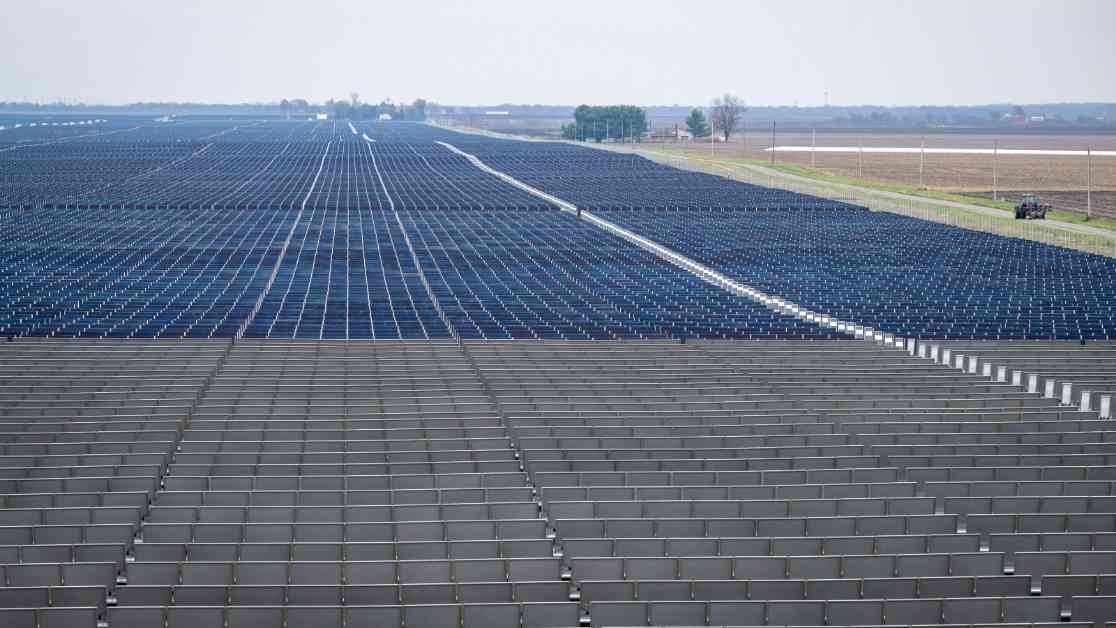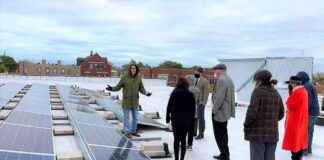Chicago Achieves 100% Clean Energy Goal for City Buildings
In a groundbreaking move for environmental sustainability, the city of Chicago has successfully transitioned all of its more than 400 municipal buildings to run on renewable energy. This significant achievement marks a monumental step towards reducing the carbon footprint of the country’s third-largest city by an estimated 290,000 metric tons of carbon dioxide annually. The equivalent of taking 62,000 cars off the road, this transition highlights Chicago’s commitment to combating climate change and embracing clean energy solutions.
Decades in the Making
Chicago’s transition to renewable energy has been years in the making, with Mayor Rahm Emanuel first setting the goal of sourcing the city’s power solely from carbon-free sources back in 2017. Mayor Lori Lightfoot further solidified this commitment by striking a deal with Constellation, an electricity supplier, to purchase energy from the developer Swift Current Energy starting in 2025. The construction of a massive solar farm in central Illinois, known as the Double Black Diamond Solar project, has played a pivotal role in powering Chicago’s municipal buildings with clean energy.
Leading by Example
Chicago’s renewable energy milestone sets a precedent for other cities across the United States. By leveraging its buying power, Chicago has not only reduced its carbon footprint but also created new opportunities for its residents and the state. This innovative approach to clean energy procurement demonstrates the city’s dedication to environmental stewardship and sustainability.
Shaping a Greener Future
The economic and environmental benefits of Chicago’s transition to renewable energy extend beyond its city limits. By supporting clean energy development and workforce training initiatives, Chicago is not only fostering a more sustainable future for its residents but also shaping markets and driving progress towards a more equitable renewable energy landscape. This landmark achievement underscores the vital role that local governments and cities play in driving emissions reduction, building greener economies, and meeting climate goals.
As Chicago paves the way for a cleaner, greener future, it serves as a beacon of hope for other cities, towns, and states seeking to make a positive impact on the environment. By taking bold steps towards sustainability and embracing renewable energy solutions, cities like Chicago are proving that local action is a durable pathway towards a more sustainable future, regardless of federal policies or changes in administration.
With Chicago leading the charge towards a cleaner, more sustainable future, the question remains: How can other cities follow suit and make a meaningful impact on combating climate change? By looking to Chicago as a model of success, cities across the country can learn valuable lessons in environmental leadership, innovation, and the power of collective action towards a greener, more sustainable future.














